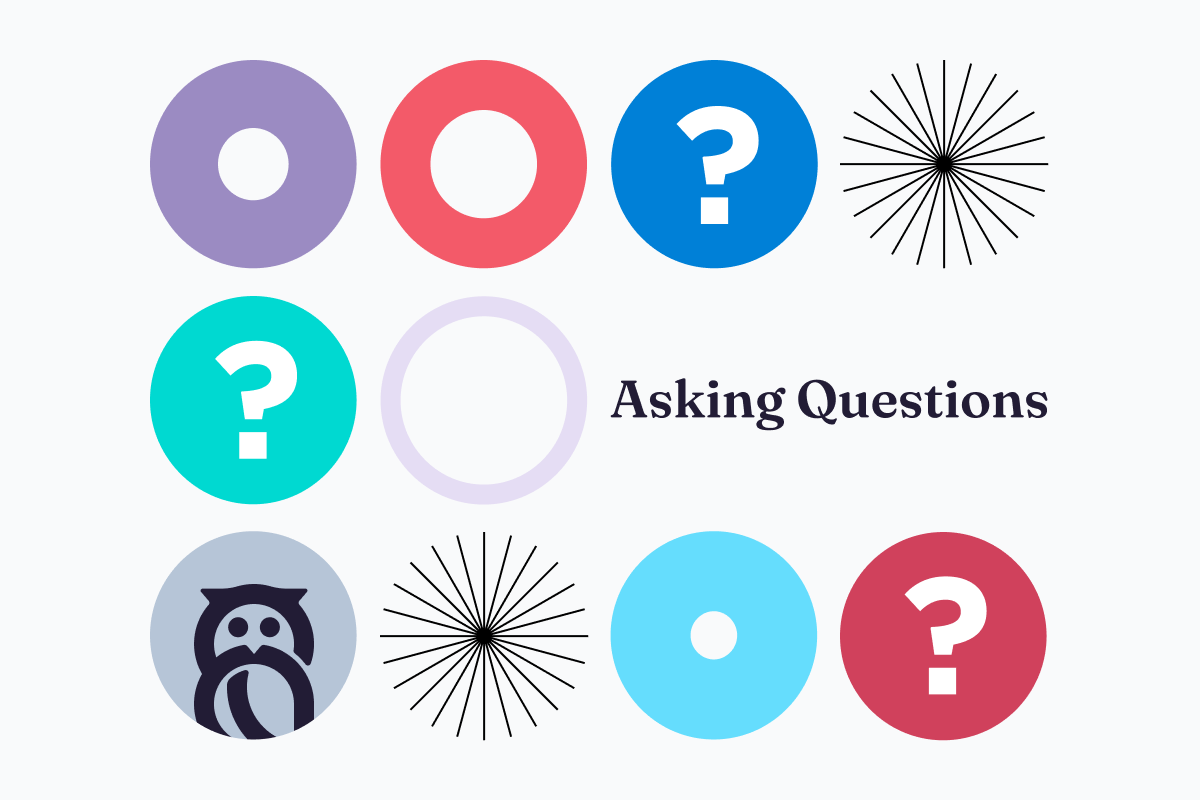Understanding how users behave, what they need, and what they like is at the heart of great UX design. As UX designers, our job is to create experiences that connect with people and make their lives easier. To do that, we rely on two main types of data: quantitative and qualitative. In my last blog post, I dug into qualitative data and how it helps us understand the deeper reasons behind WHY users do what they do. Check out my previous blog post to learn more about Qualitative Data and how it can be used in the research phase. In this post, I’m going to focus on quantitative research and its role in helping us figure out WHERE to dig deeper.
Unlocking User Insights: Utilizing Quantitative Research to Find Opportunities

Topics
Understanding Quantitative Research
Think of quantitative research as zooming out to get a bird’s-eye view of the landscape. It’s all about gathering and analyzing large amounts of data to spot patterns, trends, and overall user behavior. This kind of research is more about seeing the big picture rather than getting into the nitty-gritty details. Here at Savas Labs, we often use techniques like analytics audits and quantitative user surveys to collect this type of data. Analytics audits let us dive into website metrics to see how users are interacting with different parts of a site, while quantitative surveys gather usage responses from a large group of users. This approach helps us quantify what’s happening across the board, giving us a solid starting point for making data-driven decisions.
Utilizing Quantitative Data to Inform UX Strategy
When it comes to UX design, quantitative and qualitative research work hand in hand. Quantitative data is awesome for helping us map out the user journey and spot where things might be going off track. For example, you might notice from your analytics that a ton of people are bouncing off a particular page. This can be a red flag that something is happening on that page and needs to be investigated. Quantitative data helps us zero in on the areas that need attention, allowing us to focus our efforts where they’ll make the most impact. So, if your quantitative data shows users frequently abandoning their carts at checkout, you’ll know it’s time to investigate further and see what’s causing the friction.
Let’s look at a real life example of utilizing quantitative data to inform strategy. Savas took on a project for a higher education client that was dealing with navigational difficulties. We first began with the quantitative tool of user surveys. This let us reach out to a large quantity of students AND staff members of the university in order to gather their feedback. The feedback unanimously presented that every type of user struggled to navigate the website and find what they were looking for. Many students even commented that it was easier to use Google to find the pages they needed. This threw a red flag for our strategy team, so we used the second quantitative tool in our research tool belt and dove into the analytics to see what we could see.
We spotted an intriguing user flow, particularly for prospective students. They started out the home page, dove into the academic courses, then returned to the home page. After this return, they would then move to the admissions section of the website. We paired both sets of data with an audit of the pages seen by these students, and realized that the academic pages and admissions pages weren’t properly cross-linking. There was no easy way for a student to move between these two vital sections of the university website! Linking these two important sections created a seamless experience for prospective students, one of the university’s highest priority audiences.
Tips for Gathering Quantitative Data
To make sure your quantitative data is solid, there are a few best practices to keep in mind. First, aim for a large participant sample size. This helps you capture a wide range of perspectives and ensures your data is statistically significant. When you’re designing surveys, be sure to use non-leading questions to get honest, unbiased responses rather than leading questions which can indicate a preferred or "correct" answer. An example of a non-leading question would be "What are your thoughts on the navigation of our website?” versus an example of a leading question such as "Do you like the navigation of our website?” You should also mix up your question types, like using multiple-choice, rating scale, and Likert scale questions (very satisfied/very dissatisfied), to cover different aspects of your user’s experience. If you’re struggling to get a solid amount of responses it can be helpful to offer incentives to help boost your participation rates and ensure you get a representative sample. This large data set can then be paired with qualitative research, which adds the detail needed to fully understand your user’s experiences.
Like Peanut Butter and Jelly
Quantitative research is a key tool for informing any new website design. It’s all about identifying patterns, measuring user behavior, and guiding data-driven decisions to improve user experience. It helps the project team take a step back and evaluate where pain points are found. But just like peanut butter goes with jelly, to truly understand your users and create UX strategies that work, you need to combine quantitative research with qualitative research. If you haven’t already, check out my previous blog post on Qualitative Research to see how these two approaches can work together.




